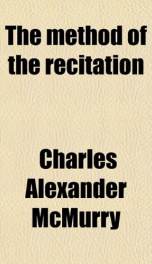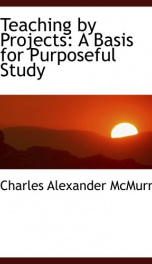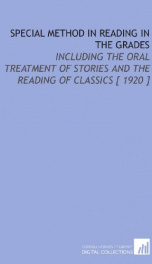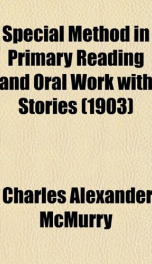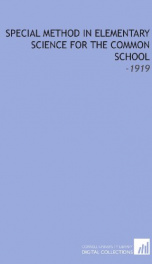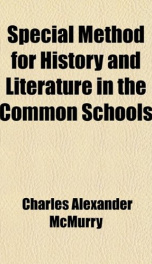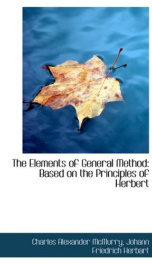special method in arithmetic
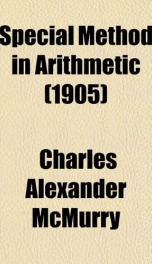
Purchase of this book includes free trial access to www.million-books.com where you can read more than a million books for free. This is an OCR edition with typos. Excerpt from book: CHAPTER III Method In Arithmetic Primary Grades. First, Second,. and Third Grades In this chapter on method, it is my purpose to show how children, in pursuing the course of study laid out in the chapter following this, may appropriate its value in the most natural and economic way. The ideas suggested in the previous chapters will be definitely organized and applied. To simplify and concentrate the labors in arithmetic upon essentials, to avoid wasted effort, to give continuity and unity to the entire course of study, is the aim of the present chapter. The problem of method in arithmetic, as in other studies, is the problem of mastering and applying principles and of combining them effectively into an organized whole. But arithmetic as a science is extremely abstract. The first great question, how to concrete arithmetic and to relate it closely to a child's experience, has been a source of much controversy, and has led both the theorists and practical teachers into widely divergent, and even contradictory, plans of study. On the assumption that the number idea and its developments are based upon measurement, as demonstrated by Dewey and McLellan in their " Psychology of Number," we will first run through the varied series of concrete materials in second and third grades which may be employed as the basis for activities in measuring and which also furnish an opportunity for the number idea to develop. " Number arises in and through the activity of mind in dealing with objects. . . . Number is not (psychologically) got from things, it is put into them. It is almost equally absurd to attempt to teach numerical ideas and processes without things and to teach them simply by things. Numerical ideas can be normally acquired and numerical operations fully mastered...
Info about the book
Author:
Series:
Unknown
ISBN:
1103727052
Rating:
3.5/5 (4)Your rating:
0/5
Languge:
English
Users who have this book
Users who want this book
What readers are saying
What do you think? Write your own comment on this book!
write a commentif you like special method in arithmetic try:
Do you want to exchange books? It’s EASY!
Get registered and find other users who want to give their favourite books to good hands!
